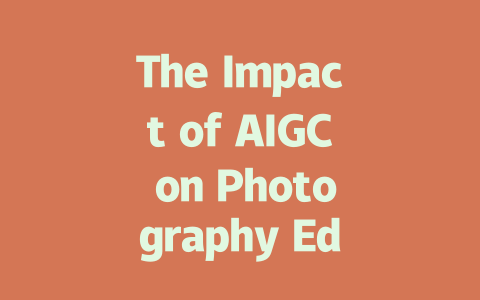
In recent years, Artificial Intelligence-Generated Content (AIGC) has made significant strides across various fields, and photography education is no exception. The rise of AIGC tools and technology is transforming how students learn, create, and critique photography. This article explores the multifaceted impact of AIGC on photography education and highlights the benefits and challenges it presents.
Redefining Creative Processes
One of the most notable impacts of AIGC on photography education is its ability to redefine creative processes. AIGC tools enable students to experiment with new styles and techniques that they may not have previously considered. For example, algorithms can suggest compositions and color palettes or even generate entirely new images based on provided input. This allows students to push beyond traditional boundaries, exploring innovative approaches and enhancing their artistic vision.
Enhancing Technical Skills
AIGC also plays a crucial role in enhancing technical skills within photography education. By using AI-powered editing software, students can learn advanced post-processing techniques that are often used in the industry. These tools can help students understand the intricacies of image editing, such as color correction, layer manipulation, and retouching. Moreover, AIGC can serve as a valuable tutor, providing instant feedback on students’ work, which fosters rapid improvement in their technical abilities.
Facilitating Real-Time Feedback
The integration of AIGC into photography education facilitates real-time feedback, which is essential for mastery in any art form. Through AI-driven platforms, students can receive immediate critiques on their work, allowing for a more dynamic learning environment. This instant feedback mechanism encourages learners to iterate on their designs, promoting a culture of continuous improvement and experimentation.
Ethical and Creative Concerns
While the integration of AIGC in photography education offers numerous advantages, it also raises ethical and creative concerns. One prominent issue is the question of authorship. When images are generated or significantly modified by AI, it can be challenging to determine who truly owns the creative output. Additionally, the reliance on AI may lead to homogenized styles or concepts, as students might gravitate towards popular AI-generated formats rather than cultivating their unique creative identities.
The Future of Photography Education
Looking ahead, the role of AIGC in photography education is likely to grow even more significant. Educational institutions are beginning to adapt their curricula to incorporate AIGC tools, offering courses that teach students how to leverage AI effectively in their creative processes. As technology continues to evolve, photography educators must remain vigilant, ensuring they teach ethical practices while also embracing innovative tools.
Conclusion
The impact of AIGC on photography education is profound, offering exciting opportunities for creativity and skill enhancement while simultaneously presenting ethical dilemmas. As educators and students navigate this new landscape, it is vital to strike a balance between embracing technology and preserving the core values of artistic expression. Ultimately, AIGC has the potential to revolutionize photography education, shaping the next generation of photographers into versatile creators equipped for an ever-changing digital world.







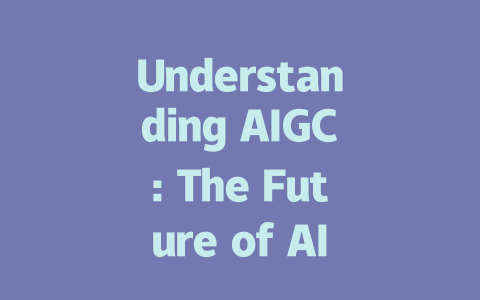
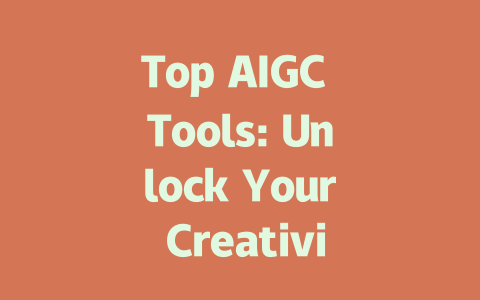
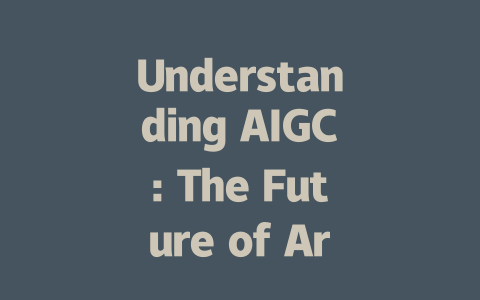
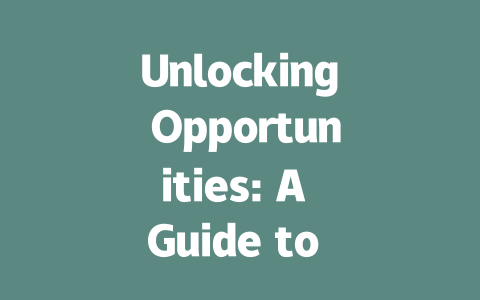

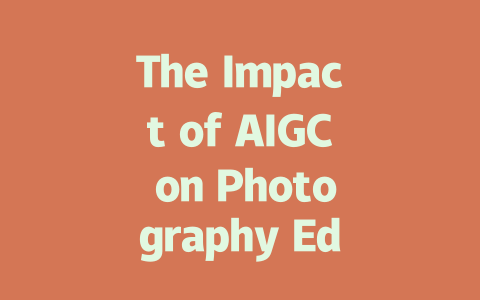

暂无评论内容